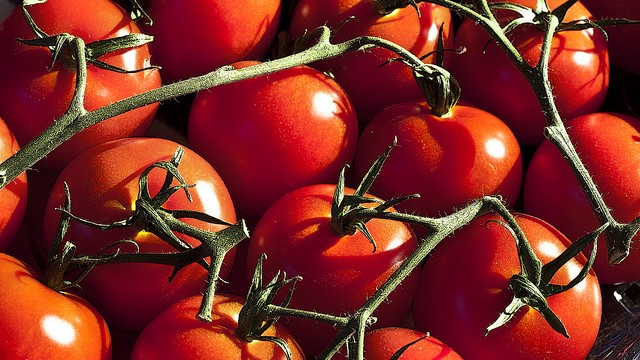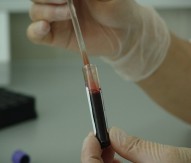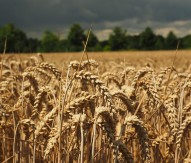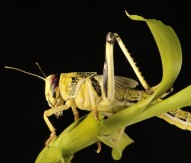
Genetic toolkit increases crop yields
Scientists have announced they have discovered a new way to increase crop yields.
The investigation, part funded by the European Research Council, was led by researchers based at Cold Spring Harbor Laboratory in New York, United States. The team has discovered a set of gene variations that can boost fruit production in the tomato plant by as much as 100%.
Plant breeders will be able to combine different gene variants among the set to create an optimal plant architecture for particular varieties and growing conditions. The set of mutations will enable farmers to maximise yield in tomatoes and potentially many other flowering plants, including staple crops like soybeans.
Speaking about the discovery, associate Professor Zachary Lippman, said: “Traditionally, plant breeders have relied on natural variation in plant genes to increase yield, but yield gains are plateauing. There is an immediate need to find new ways for plant breeders to produce more food.
“Plant architecture results from a delicate balance between vegetative growth – shoots and leaves – and flower production. To increase crop yields, we want plants to produce as many flowers and fruits as possible, but this requires energy – energy that is produced in leaves.”
In tomatoes and all other flowering plants, the balance between vegetative growth and flowers is controlled by a pair of opposing hormones, called florigen and anti-florigen. Prior investigative work by Lippman shows that a mutation in florigen can shift the balance between vegetative growth and flowering, modifying plant architecture in a way that increases yield. This suggested that the balance between florigen and anti-florigen might not yet be optimal in tomato plants, despite centuries of breeding with natural variants.
Lippman’s team has identified an array of new gene mutations that allow, for the first time, a way to fine-tune the balance of florigen to anti-florigen. This results in maximising fruit production without compromising the energy from leaves needed to support those fruits. The breakthrough will allow farmers to customise genetic variations for particular varieties and growing conditions.
The study is published in the journal Nature Genetics.




